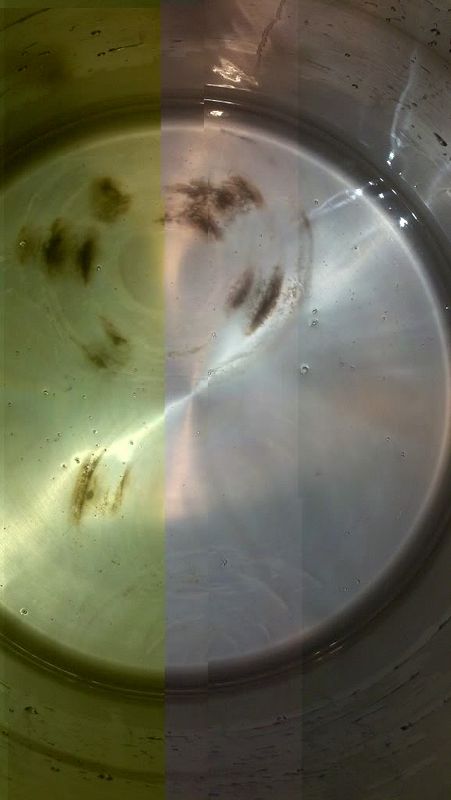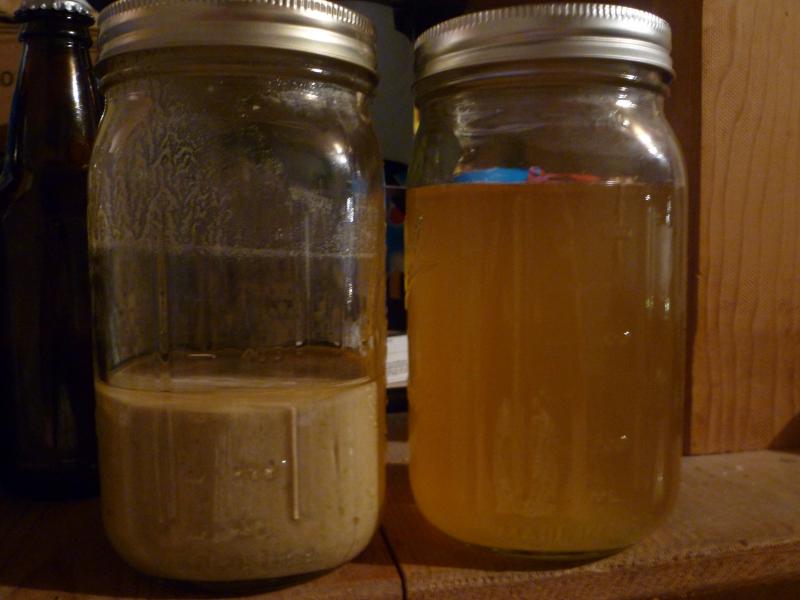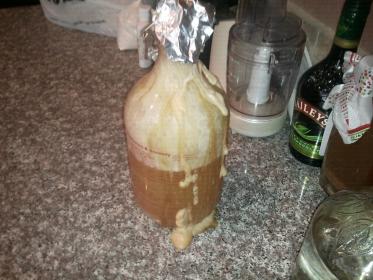wolverinebrewer
Well-Known Member
ok, well I got to page 63 of this post and realized my problem. My yeast was WLP007 which White Labs says is "highly flocculent". So I think my yeast settled out much faster than the 20 to 25 min I waited. Also I guess I was supposed to wash from the primary (which for some reason I didn't catch even after reading over 60 pages of this thread). I surmise that I compounded this problem by washing from secondary using a highly flocculent yeast. Double Whammy!
IMO, I don't think the yeast will settle out that fast. By looking at your jars, you either didn't wait long enough or somehow sucked up a bunch of trub and hops.
My washing method is a different than here. Since, when I wash, I always fill up 8 pint jars (8*16oz=128 oz) I only add about 140 oz. of water to the bucket. This allows me to get a higher concentration of yeast in each jar. After I add the water, I shake it up for a good 20 seconds to break up the yeast cake and get all of it into suspension. Then I let it settle for 30 min. Using my sanitized auto-siphon, I keep just the black tip under the surface and suck up just the top liquid. I move my outlet hose from jar to jar as they fill. As the liquid in the bucket lowers, I gently lower the siphon. After all jars are filled, the siphon should be just above the trub line. The reason I don't put more water in the bucket is because the yeast concentration will be thinner and you won't get as much in each jar. Then just boil the lids, add the rings, date the jars, and refrigerate. This should only take about 45 min.
As far as what you have there, I am not sure I would use any of it only because they aren't "clean". Just my $.02.































![Craft A Brew - Safale S-04 Dry Yeast - Fermentis - English Ale Dry Yeast - For English and American Ales and Hard Apple Ciders - Ingredients for Home Brewing - Beer Making Supplies - [1 Pack]](https://m.media-amazon.com/images/I/41fVGNh6JfL._SL500_.jpg)






























 , but seriously, I'd like to do this to save the money but not be swimming in yeast jars.
, but seriously, I'd like to do this to save the money but not be swimming in yeast jars.

